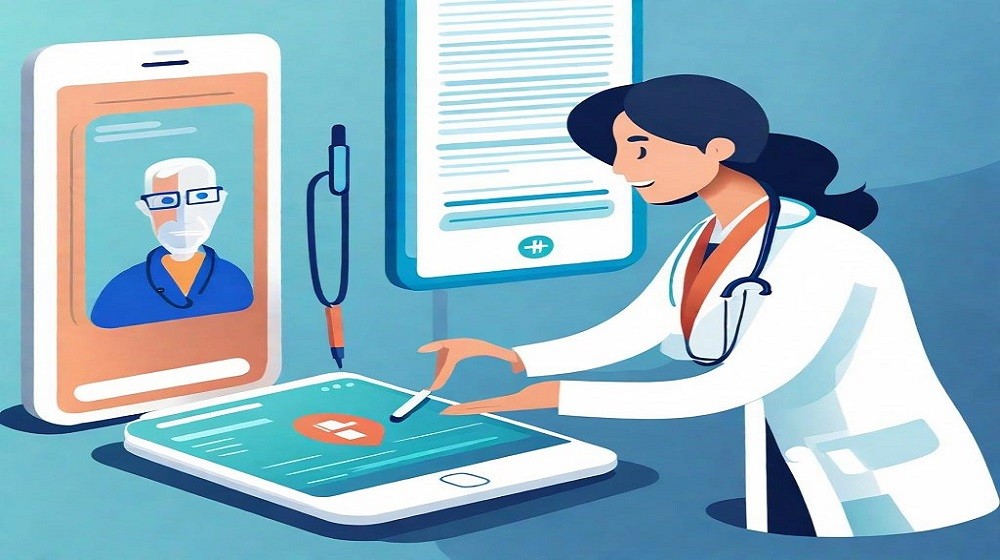The Advantages of Noki.ai in Automating Routine Healthcare Processes
The Advantages of Noki.ai in Automating Routine Healthcare Processes
Blog Article
Healthcare is fast-paced and demanding, requesting substantial multitasking and specific record-keeping. Paperwork, particularly, is really a critical yet time-consuming facet of medical attention that always pulls clinicians away from individual interaction. Enter ai medical scribe—a game-changing solution built to improve workflows and let healthcare professionals to concentrate more on the patients.
This article considers how AI-powered medical scribes bring unmatched efficiency to healthcare settings, explaining their key advantages and their potential to transform medical practice.

Releasing Up Clinician Time
Among the greatest benefits of AI medical scribes is their power to save time for physicians and nurses. On average, specialists spend 16 minutes recording for every individual they see, which brings as much as a lot of time each week missing to paperwork. By automating responsibilities such as for instance charting, summarizing notes, and organizing patient documents, AI scribes significantly reduce that burden. That additional time can then be channeled toward primary patient treatment, improving the quality of consultations and lowering pressure for healthcare professionals.
According to a examine, medical specialists record an estimated 30% increase in accessible consultation time after implementing AI-driven scribe tools. That is specially important in high-pressure situations such as disaster rooms and urgent treatment centers.
Increasing Planning Precision
Still another essential gain AI medical scribes carry to healthcare adjustments is their capacity to produce extremely accurate and detailed medical notes. Individual errors in paperwork can cause misdiagnoses, inappropriate development, or even legitimate issues. AI-powered methods, nevertheless, are designed to method data with precision, ensuring that patient files are detailed and error-free.
Like, voice-recognition engineering built-into these techniques can capture determined records quickly and correctly while reducing transcription errors. Leveraging structured data variety, AI scribes ensure standardized forms across individual files, which not only increases clarity but additionally supports greater decision-making.
A growth in certification precision can also result in fewer rejected insurance claims. Reports have found that error-free medical graphs can cause a twenty years improvement in claims running, ensuring smoother revenue rounds for healthcare providers.

Improving Workflow Performance
AI medical scribes increase over all workflow effectiveness by seamlessly integrating into existing programs, whether it's digital wellness documents (EHR) or clinic data systems. They could perform multiple functions concurrently, such as transcribing records, coding medical procedures, and upgrading charts in true time. This decreases bottlenecks in the paperwork method and generates a more streamlined patient flow.
Furthermore, automatic instruments can take in relevant medical backgrounds or spotlight possible problems for the physician based on prior records. This avoids unnecessary knowledge searches and ensures healthcare vendors have all crucial data at their fingertips. The end result is not merely faster workflows, but also higher operational effectiveness across departments.
Report this page